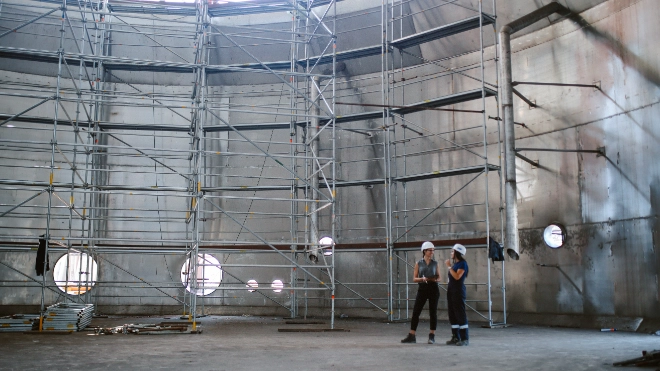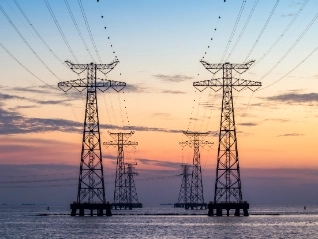
Veranstaltungen

Webinare

Publikationen

Immer gut informiert.

360 Grad.News

Blog

Podcast
Unsere regelmäßigen Events & Messen für Kunden und Interessenten bieten wertvolle Möglichkeiten für Austausch, Inspiration und Vernetzung.
Diese Plattformen nutzen wir, um neue Branchentrends zu verfolgen, unser Know-how einzubringen und wertvolle Partnerschaften zu entwickeln.




Unsere vergangenen Events haben Kunden und Interessenten zusammengebracht, um Wissen zu teilen, neue Impulse zu erhalten und wertvolle Kontakte zu knüpfen.
Ob inspirierende Vorträge, interaktive Workshops oder Networking-Treffen – jede Veranstaltung bot Raum für Austausch und nachhaltige Verbindungen. Lassen Sie sich von unseren bisherigen Events inspirieren und seien Sie beim nächsten Mal dabei!



Unsere Webinare bieten Kunden und Interessenten wertvolle Einblicke, praxisnahes Wissen und interaktive Austauschmöglichkeiten.
Nutzen Sie diese Plattform, um aktuelle Branchentrends zu verfolgen, Fachwissen zu vertiefen und wertvolle Kontakte zu knüpfen.

Unsere vergangenen Webinare bleiben exklusiv – die wichtigsten Erkenntnisse sowie weiterführende Informationen und Whitepaper finden Sie hier.








Weitere laden
7 von 158
Haben Sie Fragen?
Sprechen Sie uns an! Wir beraten Sie gerne rund um Ihr B2B Forderungsmanagement.
Hier finden Sie alle relevanten Informationen über Atradius in Form von Pressemitteilungen, Hintergrundinformationen, hochauflösenden Bildern und Grafiken sowie unsere Filme. Wir stehen Ihnen gerne für weitere Fragen zur Verfügung.







Weitere laden
7 von 103
Für Unternehmer und Kreditmanager ist es heutzutage schwieriger denn je, über alle relevanten Zahlungsausfallrisiken den Überblick zu behalten und die richtigen Entscheidungen zu treffen. Wir helfen Ihnen dabei – mit unserem kostenlosen Newsletter "360 Grad.News". Sie finden hier regelmäßig Informationen zu aktuellen Branchen-, Länder- und Insolvenzentwicklungen und erfahren mehr über unsere Produkte und Dienstleistungen.








Weitere laden
7 von 33
Haben Sie Fragen?
Sprechen Sie uns an! Wir beraten Sie gerne rund um Ihr B2B Forderungsmanagement.
Worum geht`s?
Ihr Wissensvorsprung in der Kreditversicherung – kompakt & praxisnah
In unserem Podcast teilen Experten praxisnah ihr Wissen und analysieren aktuelle Entwicklungen, die entscheidend für den Schutz und das Wachstum Ihres Unternehmens sind.
Mit tiefgreifendem Know-how und spannenden Themen liefern wir Ihnen regelmäßig neue Impulse, um Ihr Unternehmen erfolgreich in die Zukunft zu führen.
Jetzt abonnieren und stets informiert bleiben!
Haben Sie Fragen?

































